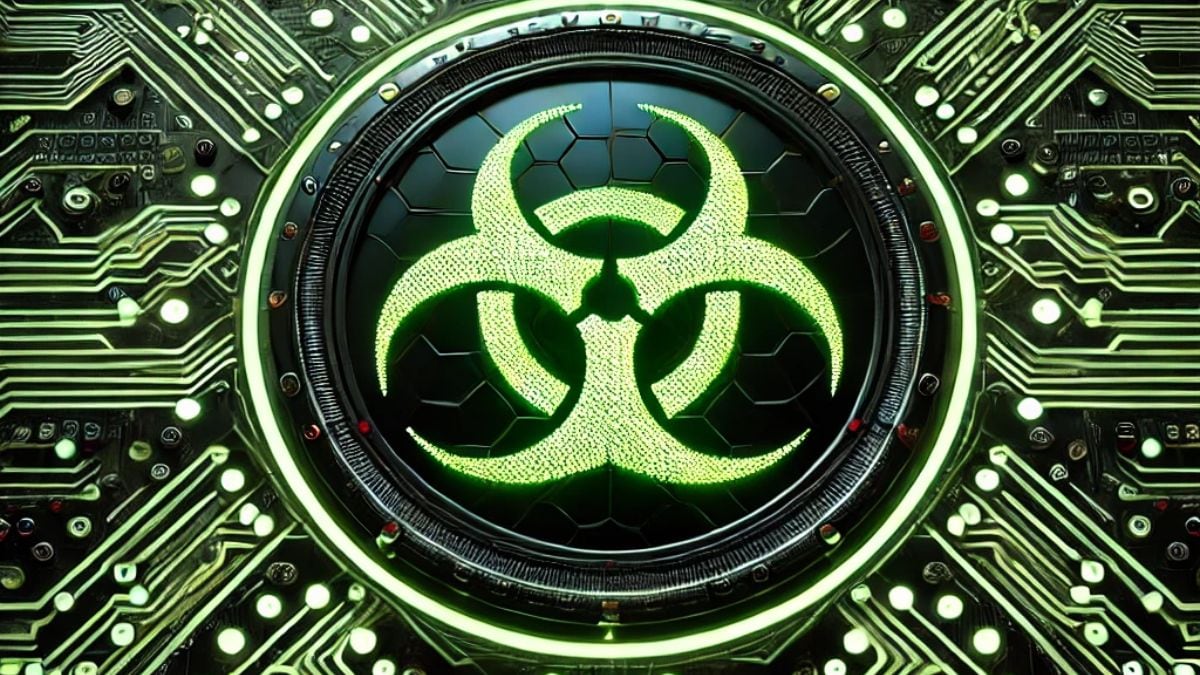
AI systems can dramatically reduce the technical expertise required to develop chemical agents used in chemical weapons of mass destruction. potentially toxic molecules could be readily identified using AI
read more
Artificial intelligence (AI) is often heralded as a transformative force. From content creation to healthcare to transportation, it has potential to revolutionise almost every field.
However, in a time marred by wars and huge stores of weapons of mass destruction (WMDs), AI’s potential for increasing the many dangers in the world is a lot more apparent.
One of the lesser talked about but massively important areas of concern is the impact of AI on chemical weapons.
AI has definitely opened up a new frontier when it comes to chemical weapons. But, is it capable of boosting the threat posed by these WMDs?
A recent analysis by Marc-Michael Blum, an expert in the detection, analytical identification and mitigation of effects of chemical and biological warfare agents, provides insights.
A new frontier in chemical weapons
The global prohibition on chemical weapons, formalised by the Chemical Weapons Convention (CWC) in 1997, has long served as a cornerstone of international security. However, the rapid progress in AI-driven technologies is presenting unprecedented challenges to these norms.
AI’s capacity for advanced data analysis, molecular simulation, and automated synthesis has the potential to lower barriers to the development of chemical agents.
A study conducted by Collaborations Pharmaceuticals in cooperation with the Spiez Laboratory used the AI model that the pharmaceutical company uses to develop new drug molecules with low toxicity to design new highly toxic molecules based on a template for the chemical nerve agent VX.
It demonstrated that potentially toxic molecules could be readily identified using AI, raising alarm about its dual-use potential.
At a time when the global norm against use of chemical weapons appears to be eroding, AI’s ability to democratise access to complex chemical design is a cause for major concern, Blum explains.
From state programs to rogue actors
AI’s dual-use nature– its ability to serve both civilian and military purposes– complicates efforts to regulate its application in the realm of chemical weapons.
State actors with sophisticated capabilities could leverage AI for clandestine programs, developing agents that are harder to detect or counteract.
The use of irritants like chlorine gas in the Syrian civil war and reports of chemical agents in the Ukraine conflict in recent years shows the enduring appeal of chemical weapons for strategic purposes for state actors.
Non-state actors, though possessing fewer resources, pose a different kind of threat. AI systems can dramatically reduce the technical expertise required to develop chemical agents used in chemical weapons of mass destruction.
A RAND Corporation study evaluated the potential misuse of large language models (LLMs), which could provide detailed instructions on how to weaponise toxic chemicals. While significant barriers remain, the prospect of AI bridging those gaps is quite worrisome.
A fragile global norm
The international community has struggled to adapt to the challenges posed by AI in the context of chemical weapons.
Even if states choose to restart or maintain clandestine chemical weapons programmes in violation of the CWC, the times of large-scale chemical warfare are probably gone for good.
However, smaller-scale applications, such as targeted assassinations or sabotage, are far more likely and harder to detect.
Navigating the risks
Despite the grim scenarios, there are pathways to mitigate the risks of AI-enhanced chemical weapons. Blum recommends preparing an amended regulatory framework.
Strengthening international cooperation, updating export controls, and investing in AI-specific risk assessments are critical steps.
Robust monitoring of the AI industry, particularly focusing on small and medium-sized enterprises, which are more vulnerable to exploitation by malign actors.


